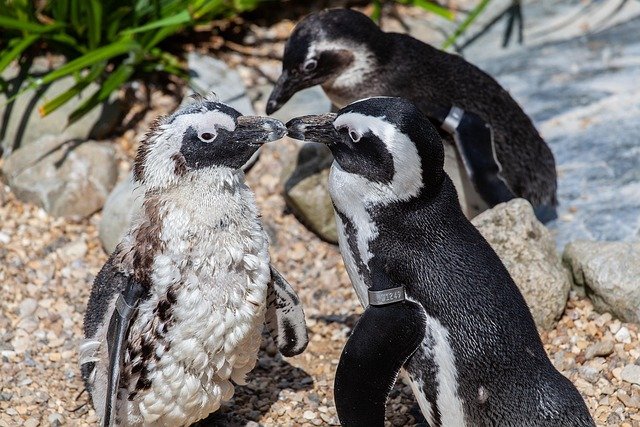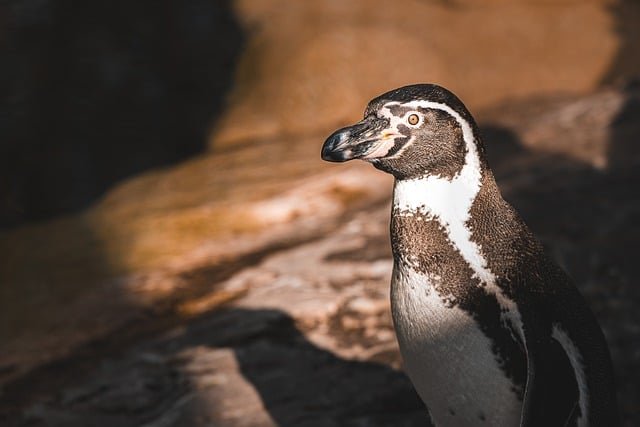**Title: "The Social Lives of Penguins: Understanding Their Unique Communication and Bonding Behaviors"

The Social Lives of Penguins: Understanding Their Unique Communication and Bonding Behaviors
Penguins are not just adorable creatures that waddle on ice; they are also fascinating social animals with complex communication and bonding behaviors. In this post, we will explore the social lives of penguins, examining how they communicate with one another and the strong bonds they form within their colonies.
Communication Among Penguins
Vocalizations
Penguins are known for their distinctive vocalizations, which play a crucial role in their social interactions. Each species has its own unique calls, and even individual penguins can have specific vocal signatures. These vocalizations serve several purposes:
- Mate Attraction: During the breeding season, males often call out to attract females. A strong and unique call can make a male more appealing to potential mates.
- Chick Communication: Parent penguins and their chicks use vocalizations to locate each other in crowded colonies. Chicks have specific calls that help their parents identify them among hundreds of others.
- Territorial Defense: Some species use vocalizations to establish territory and ward off rivals.
Body Language
In addition to vocalizations, penguins also communicate through body language. This includes:
- Posture: Penguins may puff up their chests or bow to signal aggression or submission.
- Physical Touch: Preening and touching are common behaviors that reinforce social bonds among penguins. These actions help to maintain group cohesion and strengthen relationships.
Bonding Behaviors
Monogamous Relationships
Many penguin species are known for forming monogamous pairs during the breeding season. These partnerships often last for multiple seasons, with the same pair returning to the same nesting site year after year. The bond between mates is strengthened through:
- Shared Responsibilities: Both parents take turns incubating eggs and feeding chicks, which fosters teamwork and cooperation.
- Mutual Preening: This behavior helps to maintain the health of their feathers and reinforces their bond.
Colony Dynamics
Penguins are highly social animals that thrive in large colonies. These colonies provide safety in numbers, as there is strength in community. Within these colonies, penguins exhibit several bonding behaviors:
- Social Grooming: Penguins often groom each other, which helps to remove parasites and maintain feather condition. This behavior also promotes social bonding.
- Group Foraging: Penguins often forage in groups, which increases their chances of finding food and enhances social interactions.
Conclusion
The social lives of penguins are rich and complex, characterized by unique communication methods and strong bonding behaviors. Understanding these aspects of their behavior not only enhances our appreciation for these remarkable creatures but also underscores the importance of conserving their habitats and ensuring their survival in the wild. As we continue to study and learn from penguins, we gain valuable insights into the social structures of animals and the significance of community in the natural world.
Feel free to share your thoughts or experiences with penguins in the comments below! 🐧

Upvoted! Thank you for supporting witness @jswit.